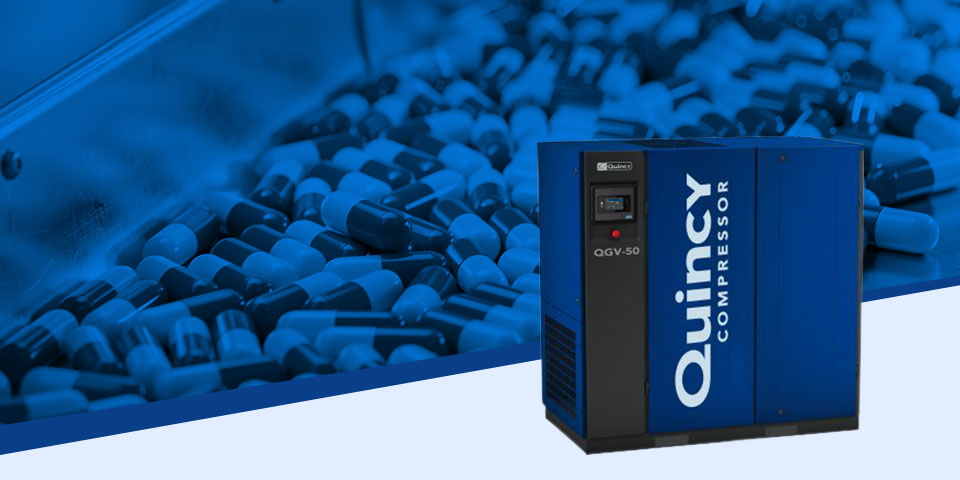Contents
Full-Load
Full load is the maximum capacity at which a system is designed to operate safely and efficiently. Exceeding this limit causes damage or abnormal operating conditions.
The “load” in full load refers to the demand for work placed on a machine. It is the output requirement that the machine must meet at any given moment.
FAQs
Air compressor full load describes an operating condition in which a unit generates the maximum amount of compressed air. At full load, the compressor runs at its maximum rated capacity, delivering constant pressure and flow to meet the system’s air demand.
Full load is the maximum rated compressor output, while part load is any level of operation below that. Industrial facilities with fluctuating air demands cycle between full and part loads.
The load factor is the ratio of the average compressor load to the maximum rated load over a specific period. It helps determine if the compressor is appropriately sized for your facility. Size impacts compressor performance, with oversizing resulting in high energy costs and undersizing shortening the unit’s lifespan.
A low load factor might indicate oversizing, while a high load factor suggests undersizing. You can calculate compressor load factor in two ways:
1. Formula based on time
Load factor = loading time / total running time * 100
Where:
- Loading time: The amount of time the compressor is actively compressing air
- Total running time: The sum of the loading and unloading time
2. Formula based on power consumption
Load factor = average power consumption / full-load power consumption * 100
Where:
- Average power consumption: The average power the compressor consumes over a specific period
- Full-load power consumption: The power the compressor consumes when operating at the maximum rated capacity
Full load refers to the state where a compressor operates at the maximum rated capacity, while duty cycle is the percentage of time a compressor can safely run within a cycle without overheating or sustaining excessive wear.
For example, an air compressor with a 50% duty cycle runs for half the time and rests for the other half. In contrast, a compressor designed for a 100% duty cycle runs continuously at full load.
An air compressor’s operation is cyclical, involving loading and unloading phases. The loading phase occurs when the compressor is actively compressing and delivering air. The intake valve opens, allowing the compressor to draw in air and compress it. This phase is triggered when the pressure in the air system drops below a preset minimum threshold.
The unloading stage occurs when the compressor is running but not generating any compressed air. It acts as a power-saving standby mode, allowing the compressor to rest when air demand is met to reduce mechanical wear and tear. The compressor remains in an inactive state, with inlet valves closed, until the system pressure drops again.
No, not all compressors are designed for continuous operation. Reciprocating piston air compressors generally feature a low duty cycle and require rest periods to cool down. They are suitable for workshops and industrial applications that need high pressure but not a continuous air supply.
Centrifugal and rotary screw air compressors run at full load, making them ideal for manufacturing plants and other applications requiring a continuous, 100% duty cycle.
Additional Resources
At Quincy, our goal is to support you and true support means connecting you to resources that best fit your needs.


